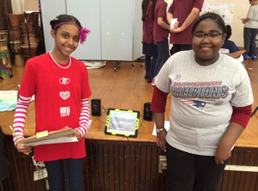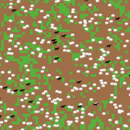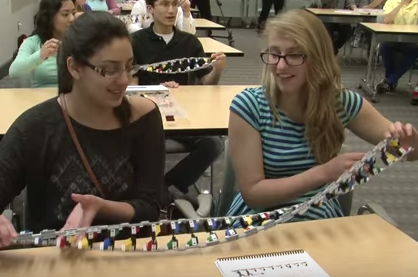Developing and Using Models
Goals:
- Define and give examples of what it means for students to engage in the science practice of developing and using models
- Engage in developing and using models
- Explore different examples of models that students might develop and use in the science classroom
Agenda:
|
Materials:
|
1. Defining "Developing and Using Models"
Let’s brainstorm:
- What comes to mind when you hear the word “model” as it relates to science practices?
- Remember, all contributions are valued. We are learning together!
The Instructional Leadership for Science Practices Website defines this science practice as:
- A model is an abstract representation of phenomena that is a tool used to predict or explain the world. Models can be represented as diagrams, 3-D objects, mathematical representations, analogies or computer simulations. Students create or use models to explain and/or predict scientific phenomena, processes, or relationships and evaluate the merits and limitations of models.
How does our current understanding compare to the definition of this science practice?
Consider these questions as you look through the examples of “models” that we brainstormed:
Consider these questions as you look through the examples of “models” that we brainstormed:
- Do students create or use it to describe natural phenomena?
- Do students create or use it to explain natural phenomena?
- Do students create or use it to predict natural phenomena?
- Can students evaluate it for merits and/or limitations?
2. Making Your Own Model Activity
Target Standard:
The Task:
Discussion Questions:
- Use a model to communicate Earth’s relationship to the Sun, Moon, and other stars that explain (a) why people on Earth experience day and night, (b) patterns in daily changes in length and direction of shadows over a day, and (c) changes in the apparent position of the Sun, Moon, and stars at different times during the day, over a month, and over a year. [5-EES1-2]
- Clarification Statement – Models should illustrate that the Earth, Sun, and Moon are spheres; include orbits of the Earth around the Sun and of the Moon around Earth; and demonstrate Earth’s rotation about its axis
The Task:
- Using the materials given, work in small groups to create a model that explains why people on Earth experience day and night
- When everyone is done, share your models with the group
Discussion Questions:
- What are the strengths and limitations of the various models?
- How could developing and using these models help further your students’ understanding of this phenomena beyond simply reading text?
3. Exploring Different Types of Models
There are many different types of models that students might use in the science classroom, including computer simulation models, structural models, and mathematical models.
For each of the following examples, consider:
For each of the following examples, consider:
- How can students use the model to explain or predict natural phenomena?
- Can students evaluate the merit and/or limitations of the model?
|
Example of a computer simulation model:
|
This image is from Northwestern’s NetLogo website
|
|
The image is from the linked Youtube video
|
Example of a structural model:
|
Example of a mathematical model:
PV = nRT
- This is the ideal gas equation, which can be used to explain the behavior of many gases under different conditions
- In this mathematical model, P = pressure of gas; V = volume of gas; n = amount of gas substance; R = ideal gas constant; T = temperature
- Note that the units for these variables are not described in the mathematical model
Discussion Questions:
- In what ways can students predict or explain some phenomenon using these representations?
- When are these representations not used as models?
4. Reflection on Current Instruction

Read through the Instructional Strategies handout, and reflect upon your current instruction.
Think-pair-share:
Think-pair-share:
- Do you currently use any of the instructional strategies from this handout in your science classroom? If so, which one? If not, which one would you be interested in using in the future?
- How has your understanding of “developing and using models” in science changed after this session?
- What questions do you still have about this science practice?
Additional Resources
If you want to learn more about "developing and using models" check out:
© 2016 Boston Public Schools Science Department



